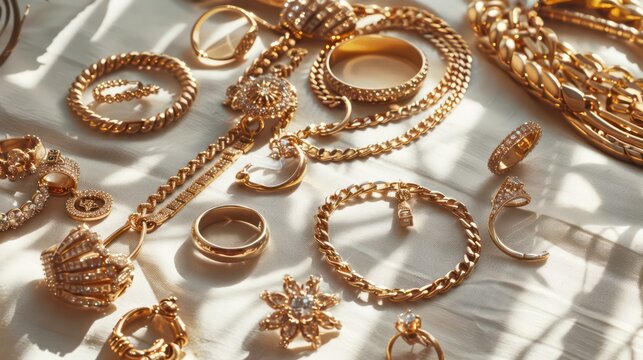Gold has been a valuable commodity for ages, and its impact on the ornamentation market is significant. The appetite for gold jewelry often mirrors the cost of gold itself. As more people acquire gold for various reasons, including financial security and decoration, changes in gold pricing trends can affect how pieces is valued. Jewelry businesses must adapt their strategies based on these fluctuations to remain viable. Understanding these market forces helps buyers make educated decisions when purchasing gold jewelry.
A major element in the evolving valuation patterns of jewelry is the role of precious metal purchasers. These entities and companies purchase gold from sellers, which can include both individual sellers and businesses. When there is strong interest from gold buyers, it can lead to an increase in the cost of gold. This upsurge affects retailers, who may have to raise their prices to cover the elevated expenses of sourcing gold. Therefore, the actions of purchasing agents directly influence how much consumers spend for their jewelry.

In addition to demand from buyers, the international market also affects gold values. Elements such as financial conditions, exchange rates, and international trade agreements can cause fluctuations in the cost of gold. For example, during times of financial instability, more people may opt Go Here to purchase gold as a safe investment. This increase in interest can result in rising costs for raw gold, which consequently raises prices for finished jewelry. Retailers must monitor carefully these international patterns to effectively set their pricing.
Moreover, consumer preferences play a key part in influencing jewelry pricing trends. As styles change and new collections surface, buyers may seek different types of gold jewelry, such as chains, bracelets, or bands. When specific looks become trendy, it can lead to greater interest for those pieces and increase costs. Jewelers need to balance their inventory with current consumer demand while also accounting for the expense of materials. Adapting to consumer preferences allows vendors to remain competitive and profitable in a competitive market.
In the end, grasping the influence of gold buyers on jewelry pricing trends helps both retailers and consumers navigate this dynamic market. By identifying elements such as buyer demand, international factors, and shifting customer tastes, next page all stakeholders can make smarter decisions. Whether someone is planning to invest in gold or simply purchase a piece of jewelry for personal use, being aware about how these variables interact will lead to more favorable outcomes in the world of gold jewelry.